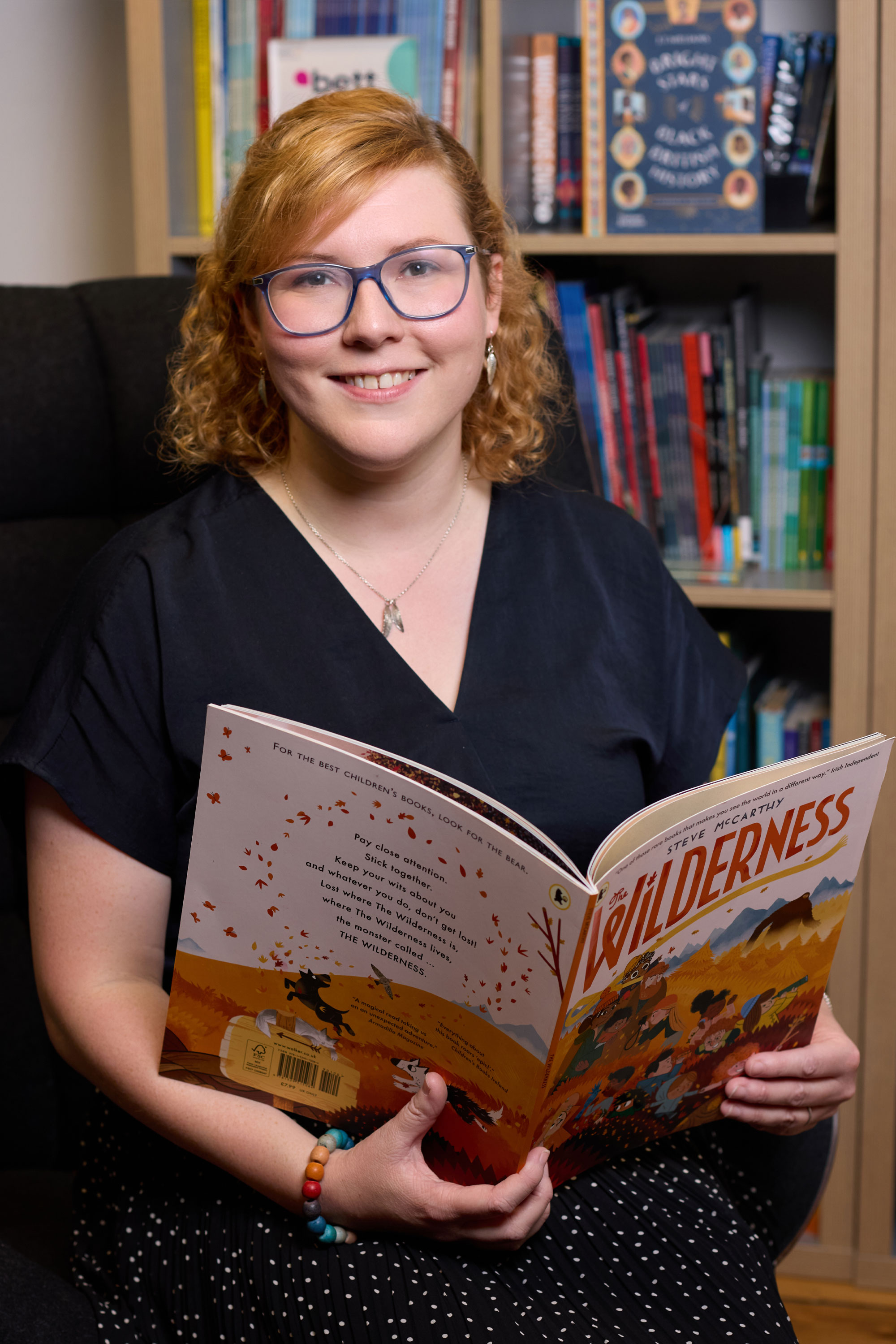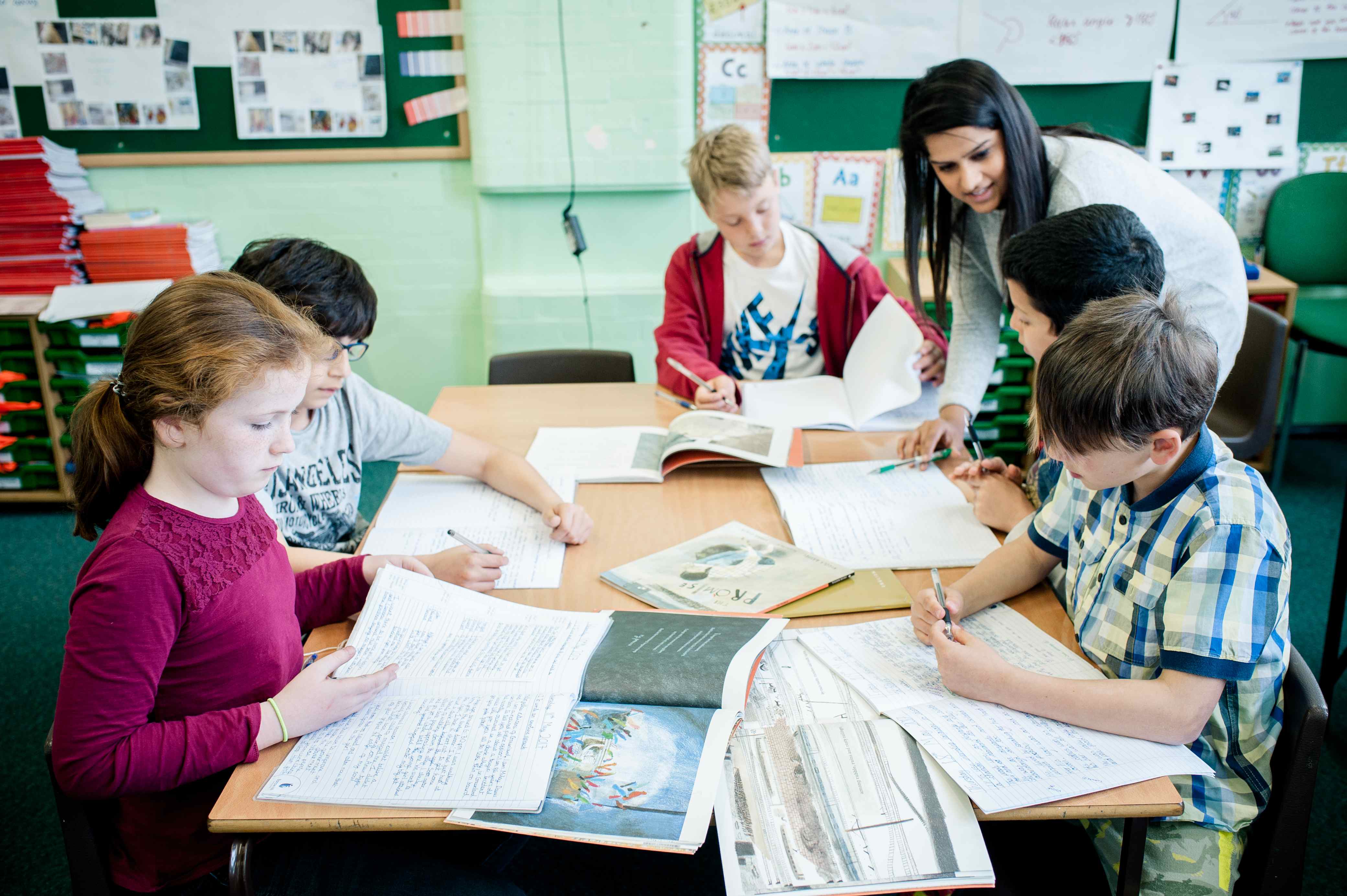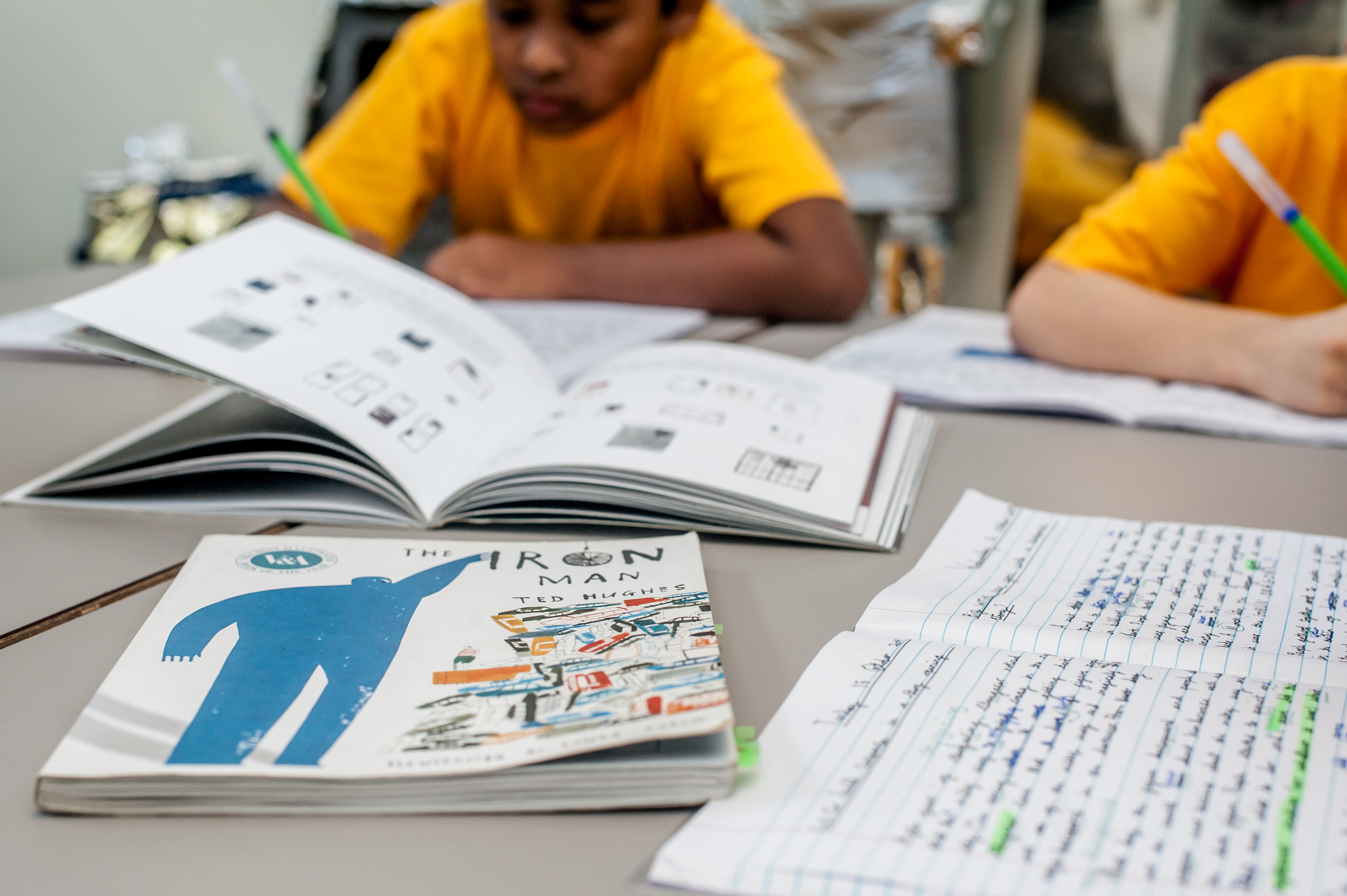Written by:

Hannah Baker
Senior Consultant
Those of us who have been in the teaching profession for a little while now will remember the days of considerably heavy marking expectations. Perhaps as you read you are already thinking back to writing daily ‘three stars and a wish’ comments, or trawling back through exercise books to ensure that any response a child has written in regards to your initial marking comments has been replied to. Sounds exhausting? That’s because it was. Thank goodness that nationally we have moved on from this. That said, the role of feedback is still just as important as ever and we need to be careful that in working smarter we aren’t accidently removing one of the most influential practices to help our children improve as writers.
I was lucky enough in the last trust I worked in to hear a keynote speech from Dylan Wiliam, who spoke to us about formative assessment. He encouraged us to keep the following questions at the forefront of our minds:
- Where is the learning going? (in other words: what are our curriculum and year group expectations?)
- Where is the learner now?
- How do I now get the learner there?
Nationally, I wonder if we have perhaps become so focused on the first of Wiliam’s questions here (with timetables very full and without much wiggle room within the curriculum) that we sometimes forget the significance and importance of these final, vital, two questions. After all, teaching a lesson doesn’t mean its contents has been learnt and we are here for the business of learning.
 |
 |
Why is feedback important and what does quality feedback look like?
We don’t have to look very far into the research to find that feedback has long been recognised as an essential part of teaching and learning. Not only does high-quality feedback delivered to individual writers lead to academic improvement and high attainment (Hattie & Timperley, 2009) but it can also be influential in increasing self-efficacy, motivation and self-regulation, all of which have significant influence on children’s writing performance (Clearly and Zimmerman, 2004). Giving quality feedback is vital in moving learning forwards.
I love Clements and Tobin’s reference in their book ‘Understanding and Teaching Primary English’ to a quotation from Wiliam (2018) where he refers to quality feedback as ‘a recipe for future action’. This sums up for me why feedback cannot be skipped or avoided. If we aren’t saying and doing things that help children see their next steps and be able to take personal action to move themselves towards these steps, we aren’t doing it right. It can be so tempting to just go into ‘correcting mode’ when marking work (especially when we are so short on time), but feedback should cause thinking on the child’s part and should provide guidance for them on how they can improve. By ‘improve’, I am referring to the child improving as a writer, not just about improving the piece of writing they are currently working on.
So what could this look like?
As with everything, setting a supportive tone and culture within the classroom environment is step 1. McGee (2017) reminds us that what teachers say about our writing and how they decide to deliver it has a profound and lasting effect on our writer-identities. This is vital to remember when talking with children about their work. Zumbrunn et al. (2016) remind us that when teachers who focus only on the weaknesses and errors within a written piece, children repeatedly experienced sadness, nervousness, anxiety, and decreased motivation to work on their writing.
We have the responsibility, and privilege, of nurturing and protecting our children’s writer identities and self-esteem. How we position ourselves during any feedback process matters. Assuming a writer-to-writer relationship is important, prioritising warmth and patience to enable deep listening and thinking for both child and teacher.
 |
 |
Thinking about the time of day when you are giving this feedback is also of paramount importance. Giving feedback as children are engaged in their writing gives them the best chance of responding immediately. Discussing progress with each child, identifying a specific positive comment linked to their writing focus before then - through discussion - helping the child to see what they could do to improve a piece is my favourite way of giving feedback. It is in the moment and it is actionable.
What if you can’t make it around every child? - Quality feedback conversations will almost certainly stop you from doing so. But, if children are putting time and energy into their writing, we owe it to them to read what they have written and to have something to say about it. The DfE’s Writing Framework highlights the importance of motivation for writing - something we and many within the Literacy education sector have been passionate about for a long time - and a teacher’s thoughts and celebration of a piece of writing is the first step in children seeing that their writing is important and matters (with the final step being their writing reaching its intended audience, of course). If we have someone to write for, we as writers are far more motivated to want to continue improving our work.
Even if we aren’t writing a comment in every child’s book, we can ensure that we are addressing their needs by reading through their work at the end of a session, or school day, and perhaps putting them in piles of children that would benefit from similar focused feedback. Using the beginning of the next session - live with the children - to give instruction and time to focus on the aspects that have emerged is one way of targeting need without hours of green pen marking.
Avoiding a ticklist culture
Real writing isn’t a ‘checklist’ process. Yes, we have the National Curriculum that needs teaching, but for children to see the real value of their writing and to put themselves into what they are producing, having the audience and purpose front and centre is key. Fostering a culture where children are encouraged to draw on their knowledge of writer’s craft ‘toolkit’ to make choices about the grammar, language and vocabulary that is best suited to a task helps to instil a love of writing.
With this in mind, our feedback shouldn’t just focus on the National Curriculum objective being explored that day. Yes, positive comments and reinforcement can be steered towards correct use of an objective if linked to how it is having impact on a reader (eg. ‘I love how you have used the descriptive adjectives X and Y here! It really helps me as a reader picture what the landscape looks like!’) but we also need to read our children’s writing as a reader ourselves.
 |
 |
Finally, we also need to be giving time and space for children to address objectives from previous year groups they might not have mastered yet. We know that basic punctuation should ideally be solid by KS1, but if a child hasn’t mastered it in Year 5, they will need explicit direction, feedback and support on this despite it not being in the Year 5 curriculum content.
So the main takeaway?
If children aren’t getting clear, supportive feedback and guidance, they will be forever working at speed through the curriculum content, treated as vessels to be filled, rather than as the wellspring of stories and creativity our children are. Let’s make sure we enable the latter.
References:
Cleary, T. J., & Zimmerman, B. J. (2004) Self-Regulation Empowerment Program: A School-Based Program to Enhance Self-Regulated and Self-Motivated Cycles of Student Learning. Psychology in the Schools, 41, 537-550
Clements, J. and Tobin, M. (2021) Understanding & Teaching Primary English: Theory into Practice. London: SAGE
Hattie, J. (2009) Visible Learning: A synthesis of over 800 meta-analyses related to achievement. New York: Routledge
Hattie, J. and Timperley, H. (2007) ‘The power of feedback’, Review of Educational Research, 77(1), pp. 81–112
McGee, P. (2017) Feedback That Moves Writers Forward. California: Corwin
Wiliam, D. (2018) Embedded Formative Assessment. Bloomington, IN: Solution Tree Press
Young, R. and Ferguson, F. (2021) Real-World Writers: A Handbook for Teaching Writing with 7-11 Year Olds. London: Routledge
Zumbrunn et al. (2016) ‘Exploring Elementary Student Perceptions of Writing Feedback. Journal on Educational Psychology, v10 n1 p16-28